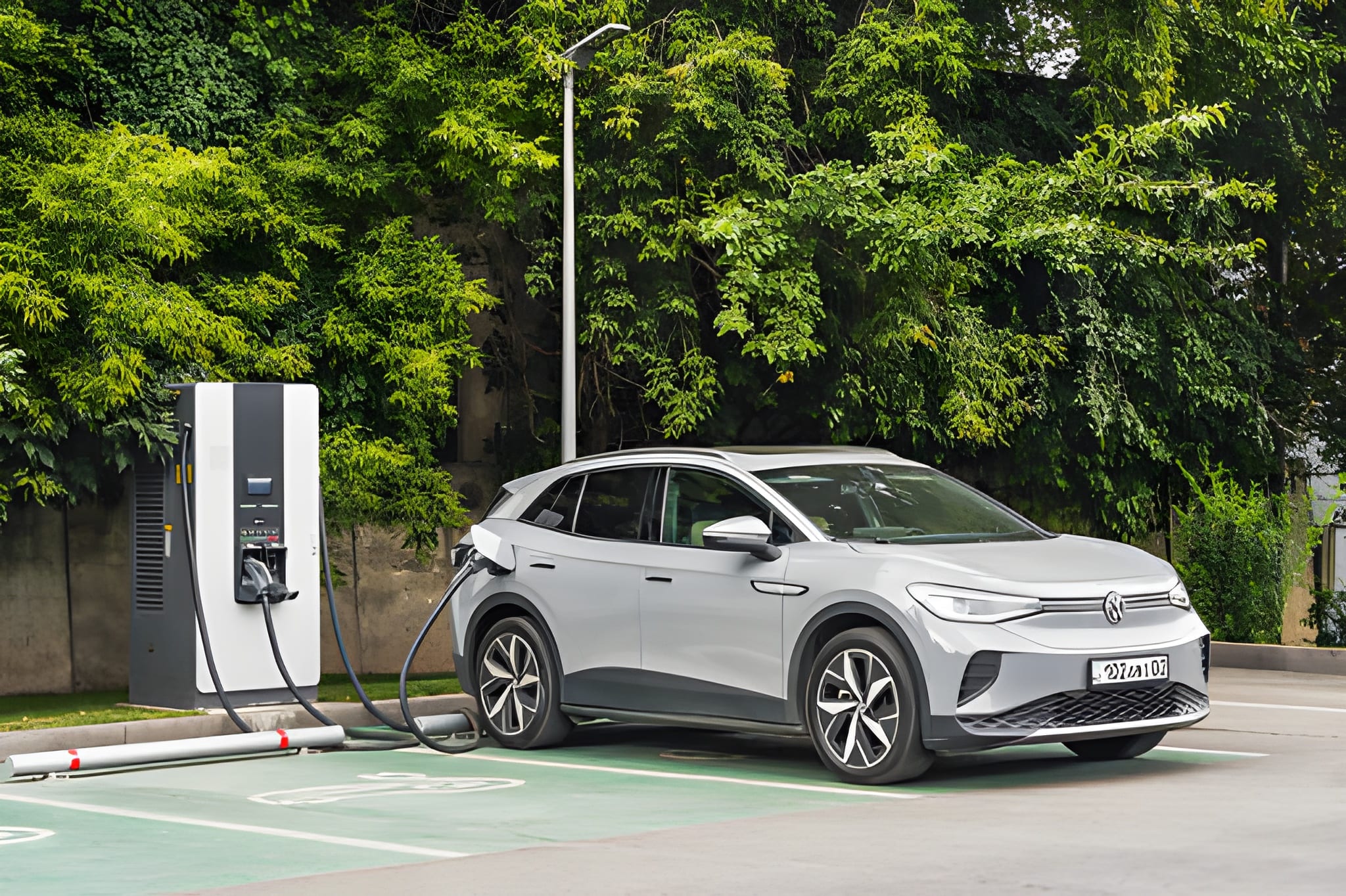

The Green Revolution How EVs Are Leading the Way
The world is accelerating toward a cleaner, more sustainable future, and The Green Revolution is at the heart of this transformation. Electric vehicles (EVs) are not just changing how we drive they’re redefining how we think about energy, the environment, and innovation
How EVs Are Powering The Green Revolution
Electric vehicles have become symbols of sustainability and progress. By replacing fossil fuels with clean electricity, they drastically cut greenhouse gas emissions and help reduce global pollution.
Here’s how EVs are driving the change
- Zero Emissions: No exhaust fumes mean cleaner city air and a smaller carbon footprint.
- Energy Efficiency: EVs convert up to 80% of electrical energy into motion — far higher than gasoline engines.
- Renewable Energy Integration: Many EV owners power their cars using solar or wind energy, maximizing environmental benefits.
- Smart City Development: Governments are investing in EV infrastructure, paving the way for eco-friendly urban mobility.
Environmental Benefits of Electric Vehicles
The biggest win of The Green Revolution is environmental impact. EVs play a major role in reducing CO₂ emissions and combating climate change.
A study by the International Energy Agency (IEA) reveals that widespread EV adoption could prevent billions of tons of carbon emissions by 2040.
Economic and Social Impact
Beyond environmental benefits, EVs are reshaping global economies and job markets. The rise of clean transportation has created new opportunities in battery manufacturing, renewable energy, and EV infrastructure.
According to a report from CleanTechnica, countries leading the EV revolution are seeing rapid growth in sustainable industries and reduced dependence on oil imports.
Challenges and Future Outlook
Like any major transition, The Green Revolution faces challenges — including battery costs, charging infrastructure, and raw material supply. However, ongoing research and government incentives continue to accelerate progress.
As solid-state batteries, solar integration, and smart grids advance, the EV industry will soon make electric mobility the global standard.
To learn more about future EV technologies,
The Rise of Solid-State Batteries: The Next EV Breakthrough
The Road Ahead for The Green Revolution
The rise of EVs marks more than a technological shift it’s a societal movement toward sustainability. With every new electric vehicle on the road, we move closer to a future powered by clean energy, reduced emissions, and shared responsibility for the planet.
Add a comment Cancel reply
Categories
- Car News (10)
- Car Reviews (7)
- Educational Tips (7)
- Electric Cars (9)
- EV Battery (1)
- EV Charging (8)
- EV Testing (3)
- Uncategorized (28)
Recent Posts
Related posts


EV Myths vs Facts What You Really Need to Know

Solid-State Batteries The Next EV Breakthrough









